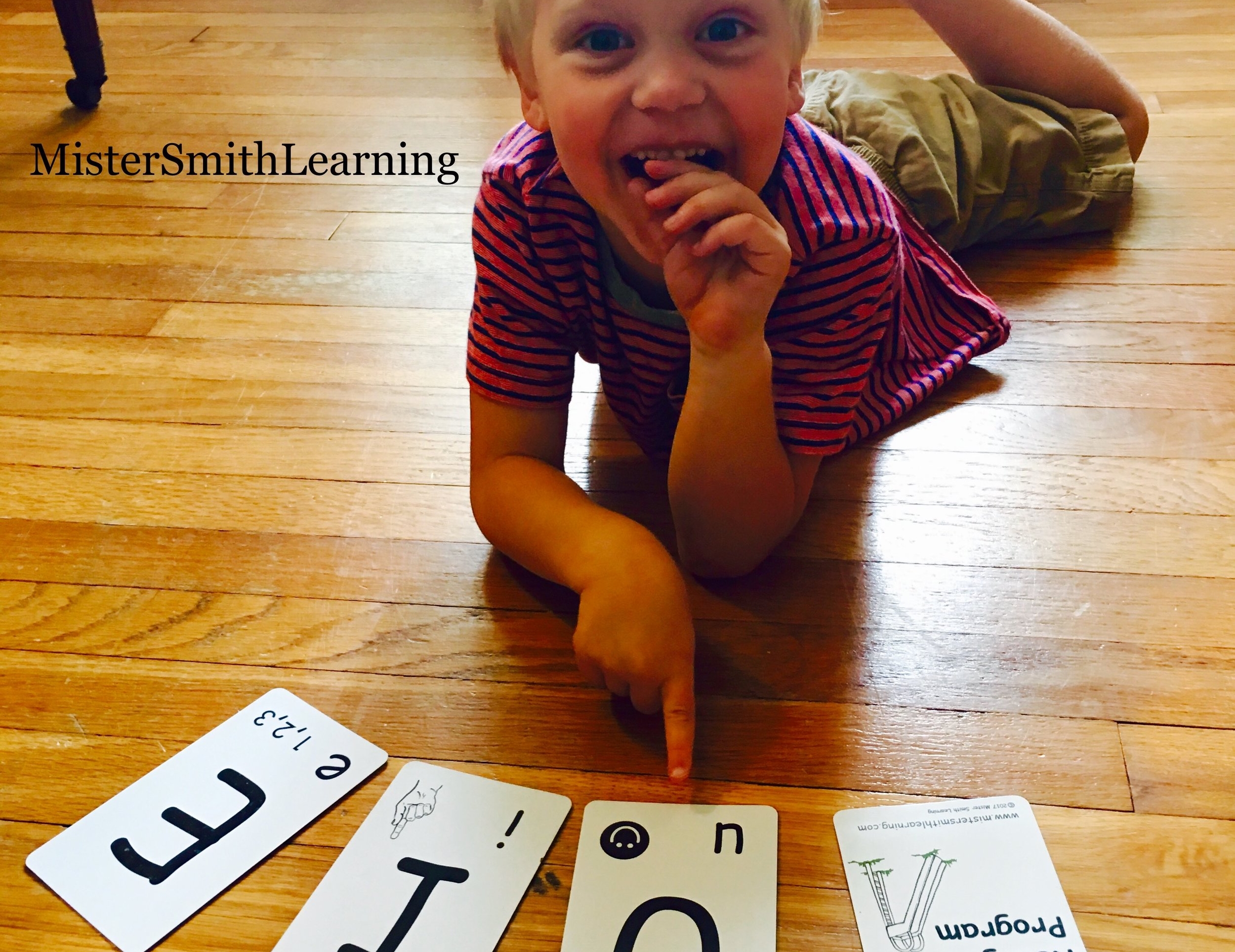Success is one of the most potent forces in learning, especially for young children. It sparks excitement, builds confidence, and creates a foundation for future growth. As an educator, I've witnessed firsthand how early successes in letter recognition can transform struggling learners into motivated, engaged students. This is why I focus on creating opportunities for success right from the start.
The Role of Success in Learning
Imagine you're a child entering a classroom where everyone else seems to know their letters. Each lesson feels overwhelming, and every misstep makes you feel further behind. Frustration sets in, and school becomes a struggle.
Now, picture a different scenario: your teacher introduces uppercase letters, starting with the easiest ones. You master one, then another. Your teacher celebrates every win, and you begin to believe: I can do this!
These small moments of success build confidence and create a positive feedback loop. Students begin to associate learning with achievement, not frustration.
How Success Drives Motivation
Success is self-reinforcing. When students experience success, they develop a sense of competence that motivates them to keep trying. This is why I start with uppercase letters in my teaching:
Visually Less Confusing: Uppercase letters like "I," "O," and "U" are easier to distinguish than lowercase letters such as "b," "d," and "q." Starting with simpler visuals reduces cognitive overload, giving students a better chance to succeed.
Developmentally Easier to Write: Straight lines and simple curves in uppercase letters help young learners achieve writing success early on. For example, "E" and "F" use straight strokes, which are more natural for young hands than the loops required for "g" or "e."
Creates Immediate Wins: The quicker students see results, the more likely they will stay engaged and excited about learning. For example, a student who learns "O" can quickly use it to spell their name or recognize it in a book, creating a sense of accomplishment.
Turning Success into a Habit
I use Mister Smith's Letter Recognition Program to foster success. The program, specifically designed for struggling learners, begins with uppercase letters and focuses on one letter at a time.
Letter Recognition Program at TeachersPayTeachers, Amazon, or from Mister Smith Learning’s Website
Here's an example of how I structure lessons:
1. Letter Introduction: I introduce an uppercase letter like "I" using the flashcard prompts on the back: It looks like my finger. My finger points at my eye (I). I will choose three or four letters at first from the “easy” letters, which are the ones with one star on the back of the flashcard.
2. Quick Win: I ask the student to identify the letter among a mix of others on the board. Their face lights up when they point to the right one.
3. Celebrate Progress: When they identify or write the letter correctly, I give immediate, specific praise: "Great job! You found "I"! You're becoming a letter detective!"
4. Reinforcement: The student practices writing the letter on a whiteboard, building muscle memory and confidence.
5. Real-World Application: We find "I" in a book or classroom signs, connecting their learning to their environment.
This simple, success-focused routine transforms hesitant learners into confident ones.
Pro Tip: Celebrate every milestone! Whether mastering a single letter or completing a small group activity, recognition reinforces positive feelings about learning. Use stickers, stamps, or even a quick cheer to make their achievement feel special.
The Ripple Effect of Early Success
When children experience success early, it changes their outlook on learning:
They approach challenges with a "can-do" attitude. For example, a student who once struggled with "A" now eagerly wants to learn "B" because they've felt the thrill of accomplishment.
Their enthusiasm for learning spills over into other subjects. For example, a child who feels confident in letter recognition might tackle counting with the same energy.
They become more confident contributors in the classroom. Students who were hesitant to participate are now excited to answer questions and share their progress.
I've seen students go from refusing to pick up a crayon to proudly showing off their letter writing because they felt successful early on. Those initial wins give them the courage to keep trying, even when tasks become more complex.
A Personal Story
One of my students, Emma, started the year unable to recognize any letters. She was shy and hesitant to engage in class. Using Mister Smith's program, we focused on uppercase letters first, starting with "E" and "M."
When Emma correctly identified "E" for the first time, we celebrated with applause and a sticker on her progress chart. Her eyes lit up. She could identify ten uppercase letters in two weeks and was excited to come to school every day. That excitement carried over to her reading and writing practice, and by the year's end, Emma was reading simple words confidently.
The Magic of Success
When children experience success early, it sets the tone for their entire learning journey. They don't just learn letters—they learn to believe in themselves. That spark of confidence is where the magic begins.
Whether it's identifying a single letter or writing their name for the first time, these small wins build the foundation for lifelong learning. As educators, our job is to create these opportunities for success, one letter at a time.



































